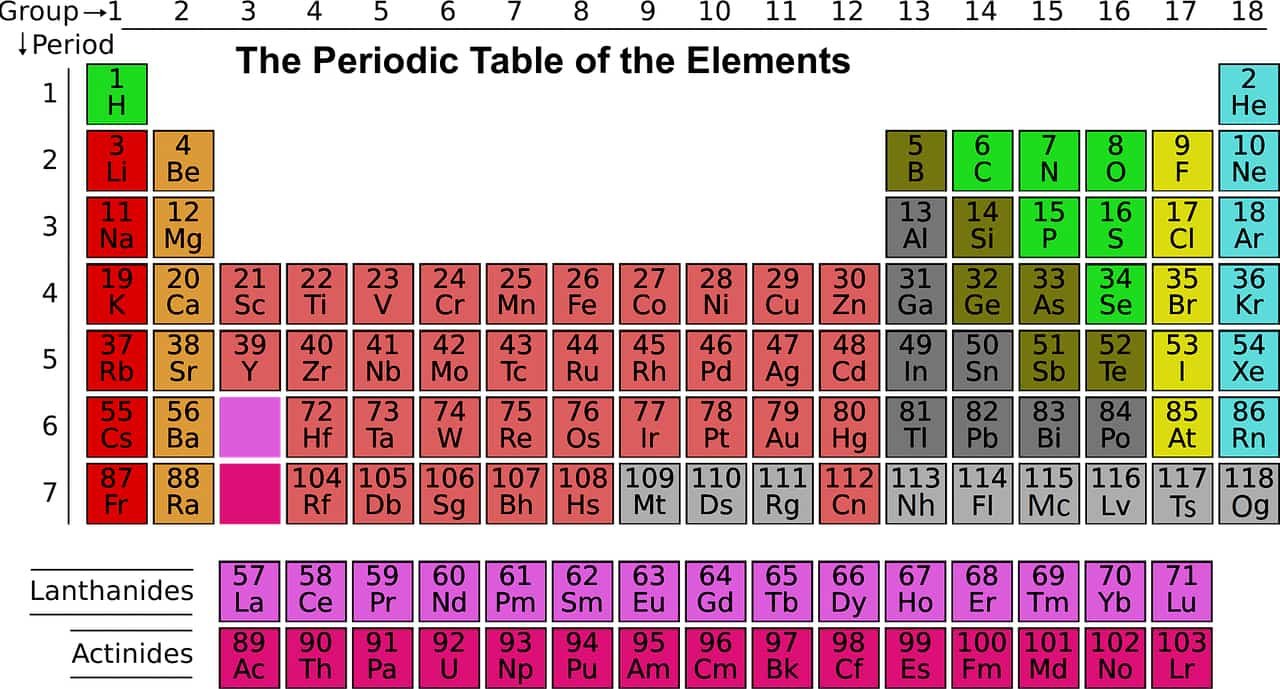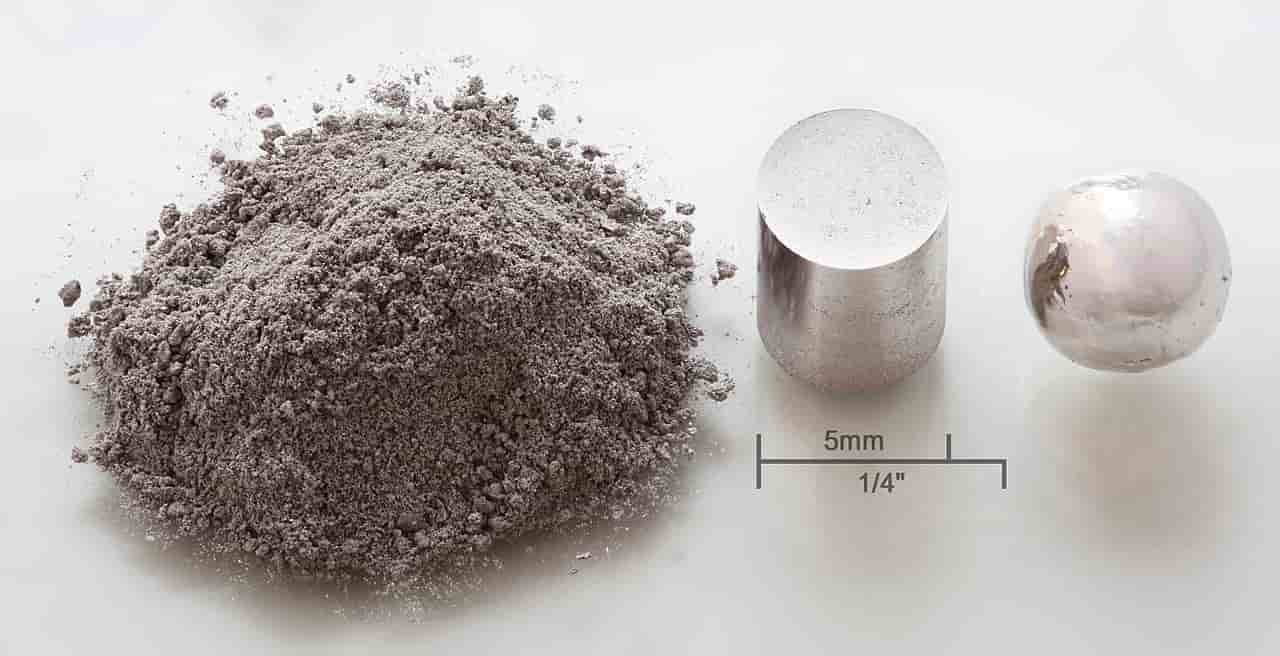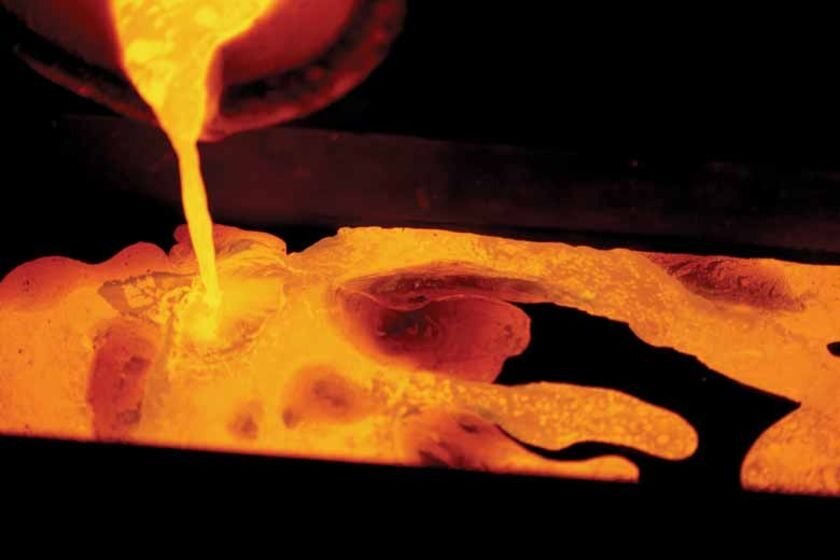Rhodium
What is rhodium, this metal which is worth seven times more than gold?
Little known to the general public but highly sought after in the automotive industry for its ability to limit pollution, rhodium has recently seen its price soar, to the point of being considered the “most expensive metal in the world”. It is also used in chemicals and jewelry.
What is rhodium?
Rhodium is a silvery-white metal from the platinum family, with an appearance close to silver, very hard and very resistant to corrosion. There are no rhodium mines to speak of, as rhodium is a byproduct of platinum or nickel mining.
Considered a rare metal, rhodium does not belong to the category of “rare earths”, this set of 17 metals supplied to 95% by China and essential to a series of technological products.
What is it used for?
Rhodium is mainly used by the automotive industry in the manufacture of exhaust catalysts – or catalytic converters – because it limits the emission of polluting gases, in particular nitrogen oxide (NOx). Rhodium also finds uses in chemistry and in the composition of jewellery, such as certain necklaces or bracelets from the jeweler Swarovski.
Where do we find it?
South Africa extracted between 80% and 85% of global production in 2019, according to a report published by Johnson Matthey, with the rest shared between Russia and all other countries in the world. Total production has been around 26 tons per year for the past three years, to which are added between 10 and 13 tons of recycled rhodium. The extraction conditions are not exempt from certain risks, which points to the potentially carcinogenic toxicity of this type of metal.
Why is it so expensive?
Its rarity and the dependence of its supply on an extraction area are among the main factors in the high cost of rhodium. Strong demand from the automotive industry, driven by anti-pollution measures, in Europe but also in China, increased last year (+14%), generating a situation of market deficit.
Additionally, interest from investors seeking new safe havens also drove prices higher.
Physical Properties of Rhodium
Phase: solid
Melting point: 2237 K (1964 °C, 3567 °F)
Boiling point: 3968 K (3695 °C, 6683 °F)
Density close to s.k.: 12.41 g/cm3
when liquid, at t.l.: 10.7 g/cm3
Heat of fusion: 26.59 kJ/mol
Heat of vaporization: 494 kJ/mol
Molar heat capacity: 24.98 J/(mol K)
Atomic Properties of Rhodium
Oxidation Numbers: 6, 5, 4, 3, 2, 1[1], -1 (amphoteric oxide)
Pauling Scale Electronegativity: 2.28
Empirical atomic radius: 134 pm
Covalent radius: 142±7 pm
How to melt it?
The Greenwood and Earnshaw manual indicates that the Ir+Os+Rh+Ru mixture is treated with pure NaHSO4 and heated in a porcelain crucible. When the product has melted, the Rhodium alone reacts, and forms rhodium sulphate Rh2(SO4)3. It gives off hydrogen. When the reaction is complete, it is left to cool, dissolved in water, precipitated with NaOH, which forms a precipitate of Rh(OH)3, which is filtered and dissolved in HCl. It forms RhCL3. NaNO2 and NH4Cl are added. A precipitate of (NH4)3Rh(NO2)6 forms. This precipitate is digested in conc HCl. until it dissolves. It is evaporated to obtain (NH4)3RhCl6, which is heated in a stream of H2 gas. Pure rhodium metal is obtained.
Further, the same work says that the mixture Pt+Rh+Ru+Ir+Pd is treated by aqua regia. Only Pd and Pt dissolve, with a little Rh. A residue of Ru, Rh, Ir remains. NH4Cl is added to the solution. The platinum precipitates in the form of (NH4)2PtCl6, stained by Rh. The iridium remains in solution.
The precipitate is calcined. A kind of impure platinum foam is obtained. It is redissolved in aqua regia. NaCl is added and evaporated. A solution of impure Na2PtCl6 is obtained. An aqueous solution of NaBrO3 is added: The rhodium precipitates in the form of hydroxide. The remaining solution is treated with NH4Cl, which precipitates pure (NH4)2PtCl6. It is calcined and pure platinum is obtained.
Effects of rhodium for health and environment
Health effects of rhodium
Rhodium compounds are encountered relatively rarely by most people. All rhodium compounds should be considered highly toxic and carcinogenic. Rhodium compounds stain the skin very strongly.
Flammable. Explosion possible if in powder or granular form, mixed with air. Reacts with oxygen difluoride causing fire hazard.
Routes of exposure: The substance can be absorbed into the body by inhalation.
Inhalation risk: Evaporation at 20°C is negligible; a harmful concentration of particles in the atmosphere can, however, be reached quickly once dispersed.
Health effects from exposure to the substance have not been studied. Insufficient data are available on the effect of this substance on human health, so utmost care should be taken.
Effects of rhodium on the environment
Do not let the material loose in the environment without the appropriate governmental permits.
Periodic Table of Elements | Complete List of Chemical Elements by Group, Name, Symbol, Color and Type

Sources: PinterPandai, Libretexts
Photo credit: Author: Alchemist-hp (talk) www.pse-mendelejew.de CC BY-SA 3.0 de via Wikimedia Commons


